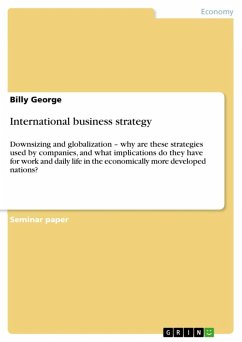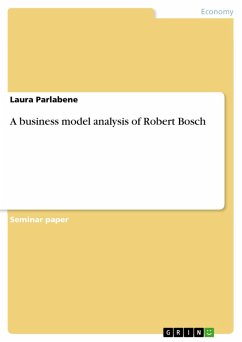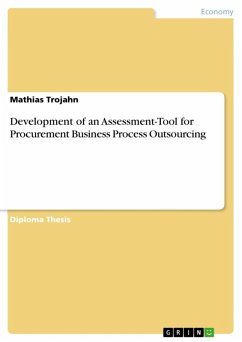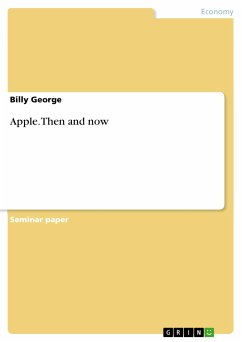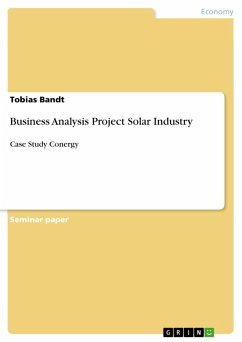Seminar paper from the year 2012 in the subject Business economics - Operations Research, grade: A, Monash University Melbourne, language: English, abstract: Strategy is the choice of direction and scope that a firm takes on a long term and involves the configuration of the firm status with a view to enjoy the advantages that come with the changes; however this requires the changing of the present environment in order to fit the needs of the new environment (Wilson, 2002). Types of strategic changes Converging (fine tuning): this type of change involves trying to enhance the status of a situation; it is mainly done at departmental level and involves reorganization in order to ensure that the resources available and an introduced process fit each other (Lawler, 2004). Converging (increment adaptation): The changes done are small; they aim at adjusting the organization to small changes in a business environment (Lawler, 2004). The changes are done in bits and the process is therefore slow. Discontinuous/ frame-breaking: the changes are major and heavy in that they take time to plan and for full implementation to be realized, they take over 18-24 months. Examples of frame-breaking changes include changes in power shift, workflow procedures, and a complete reorganization of a firm. The changes are either modular or corporate transformations (French & Bell, 2008). They are the major changes; modular transformation involves reorganizing several departments, or downsizing. Corporate transformation is also major and affects every department in the organization (French & Bell, 2008).
Dieser Download kann aus rechtlichen Gründen nur mit Rechnungsadresse in A, B, BG, CY, CZ, D, DK, EW, E, FIN, F, GR, HR, H, IRL, I, LT, L, LR, M, NL, PL, P, R, S, SLO, SK ausgeliefert werden.

